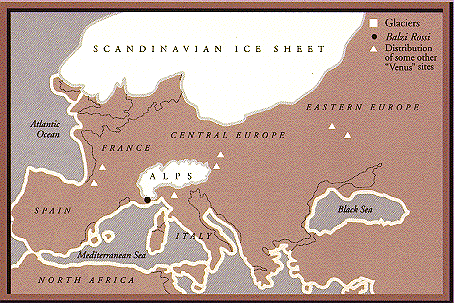Nice! Blue-eyed hunter-gatherers!
What do you mean? I don't understand. Pathans are not 6200 years old. And why do you mention Poltavka?
There is a lot of
space,
time and different/distinguish cultures between Poltovka and Pathan folks south of Pakistan (homeland of Pathans).
1. Ancient Pathans (Pakthas) are much modern/younger people than the ancient Poltavka culture. Poltavka = 4700 YBP. While. Pathans (or ancient Pakthas) are (were)
East Iranians who came from BMAC.
2. There is no direct 'highway' from Poltavka region into the Hindu Kush. If there was a migration from Poltavka it has to be in phases.
Z2103 in Pakistan and north India can be from BMAC or direct from the southern parts of the Caspian Sea. It can't be directly from Poltavka because the current region of Pathans doesn't border with and has no direct road to the ancient Poltavka. If it was from Poltava it should first settle around BMAC where East Iranians evolved and then going southward toward the Hindu Kush. There was no direct migration from Poltavka into Hindu Kush, that's impossible.
But if Z2103 is not from BMAC then it has to be directly from the southern parts of the Caspian Sea, not far from Azerbaijan province of Iran.





